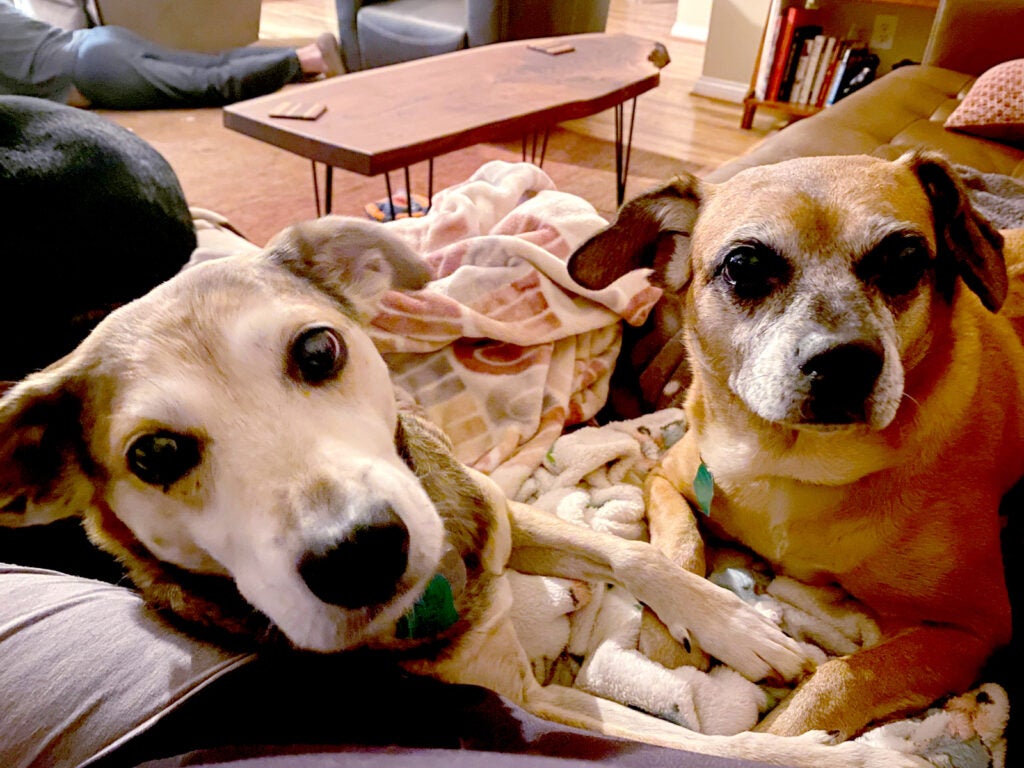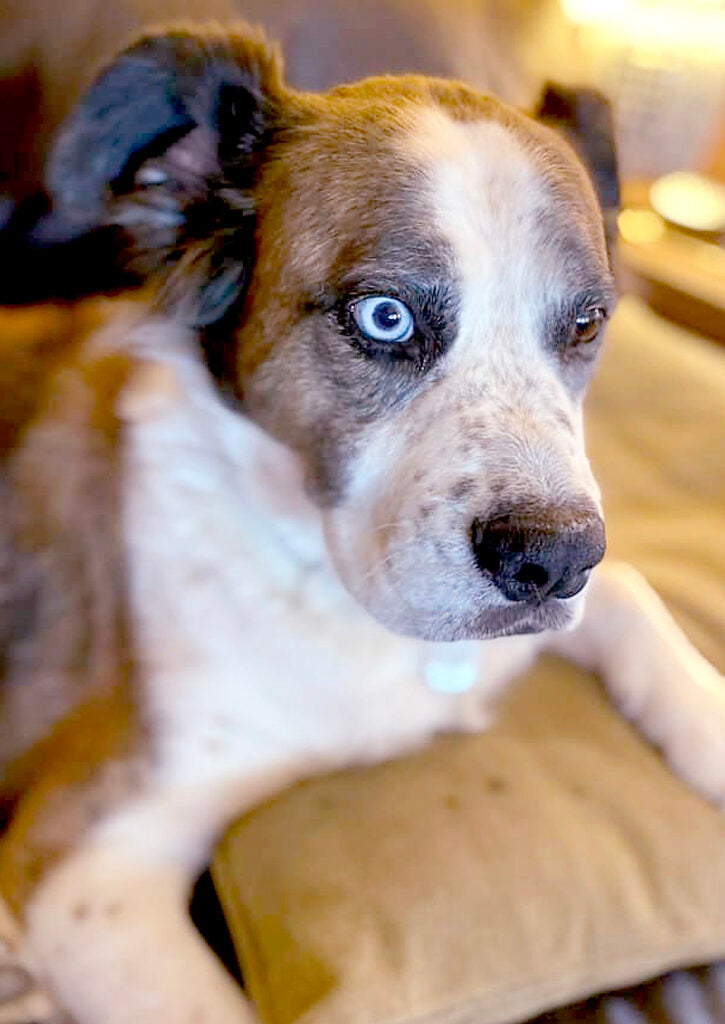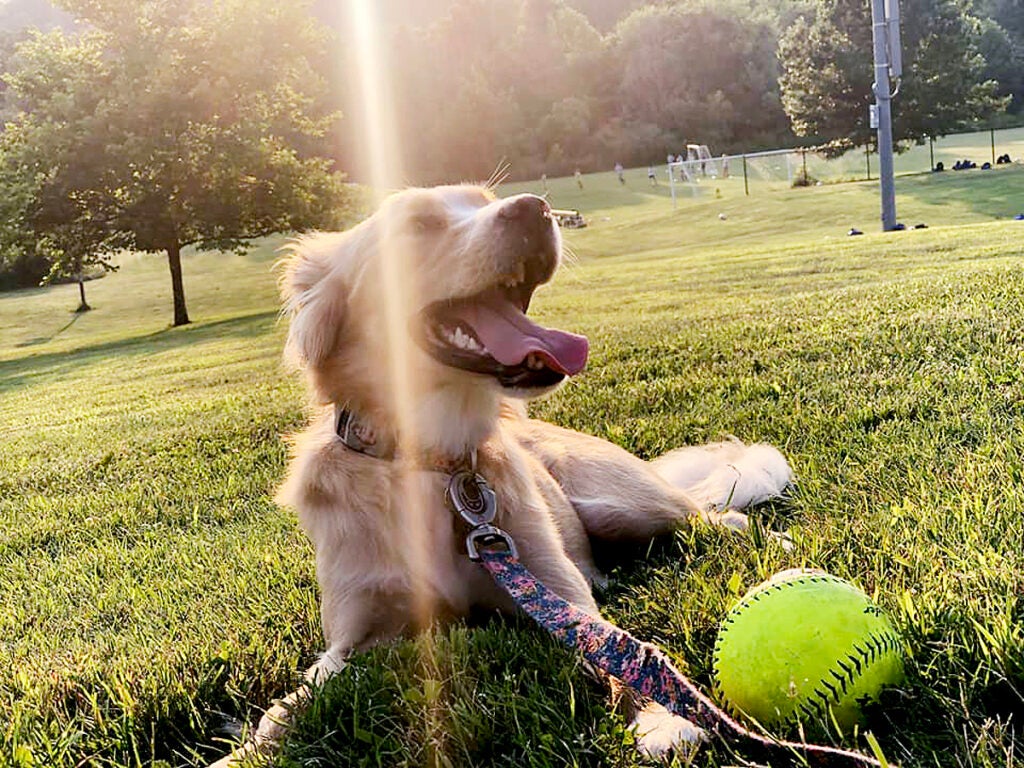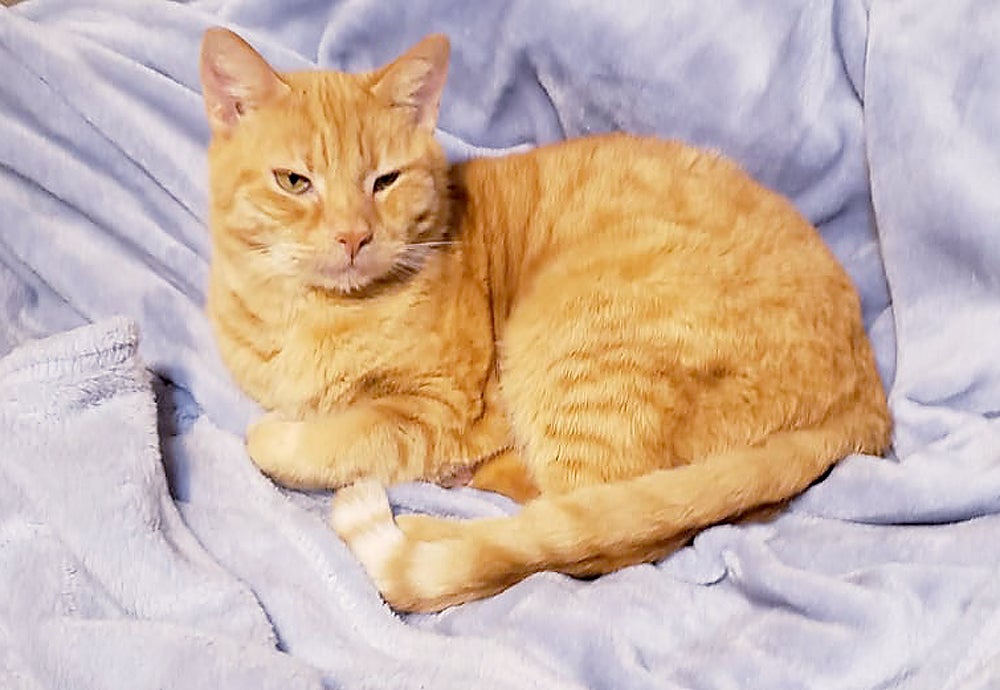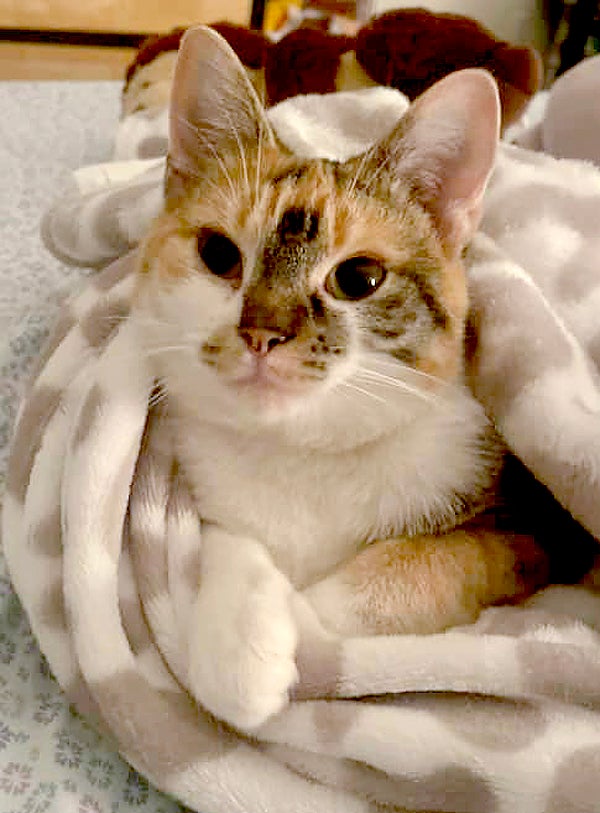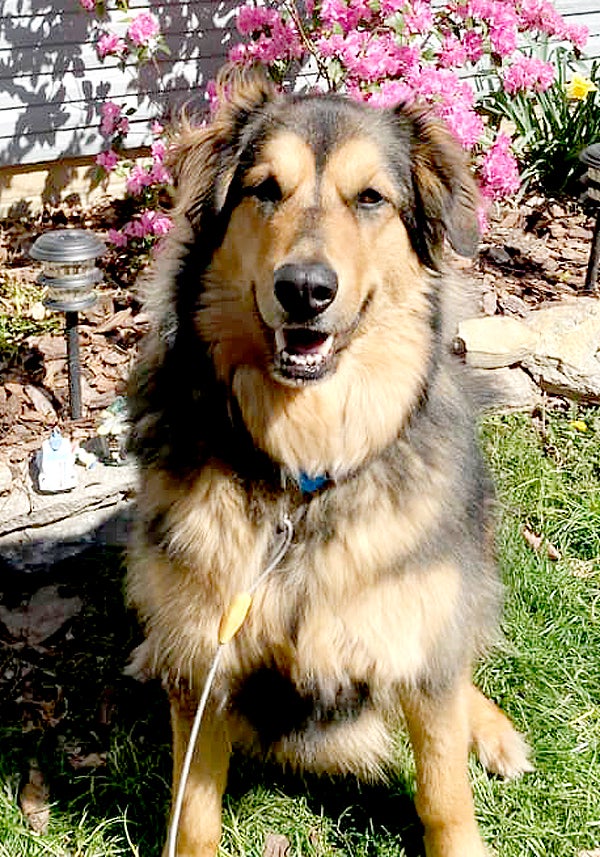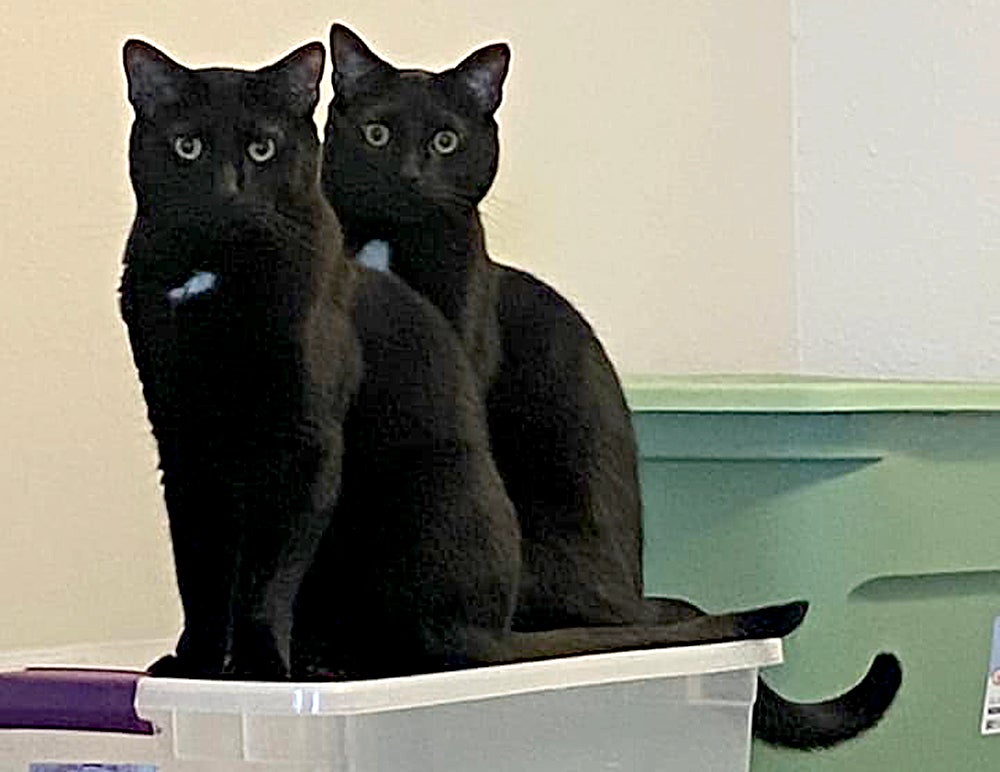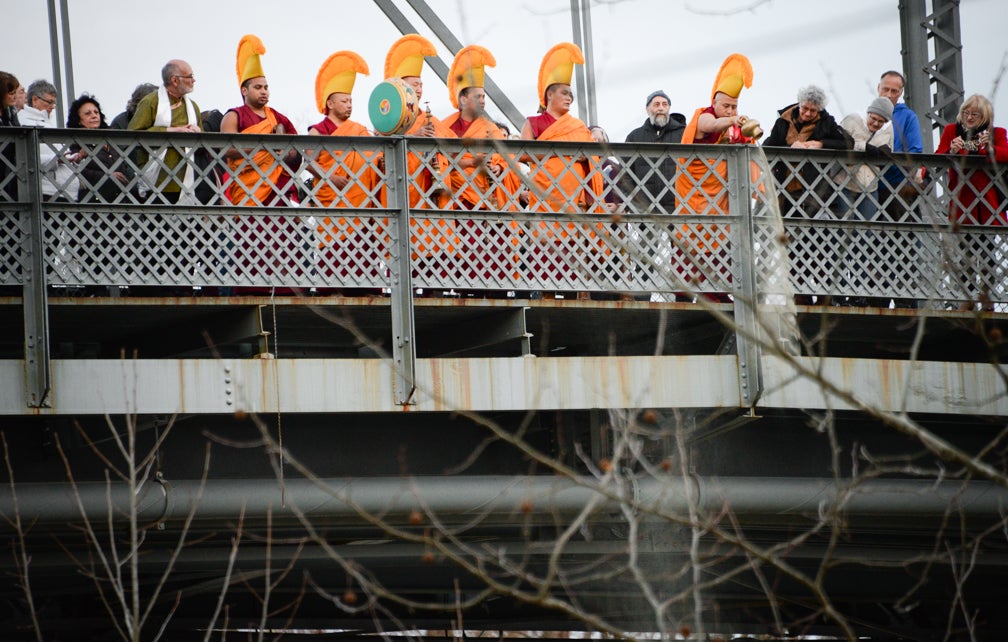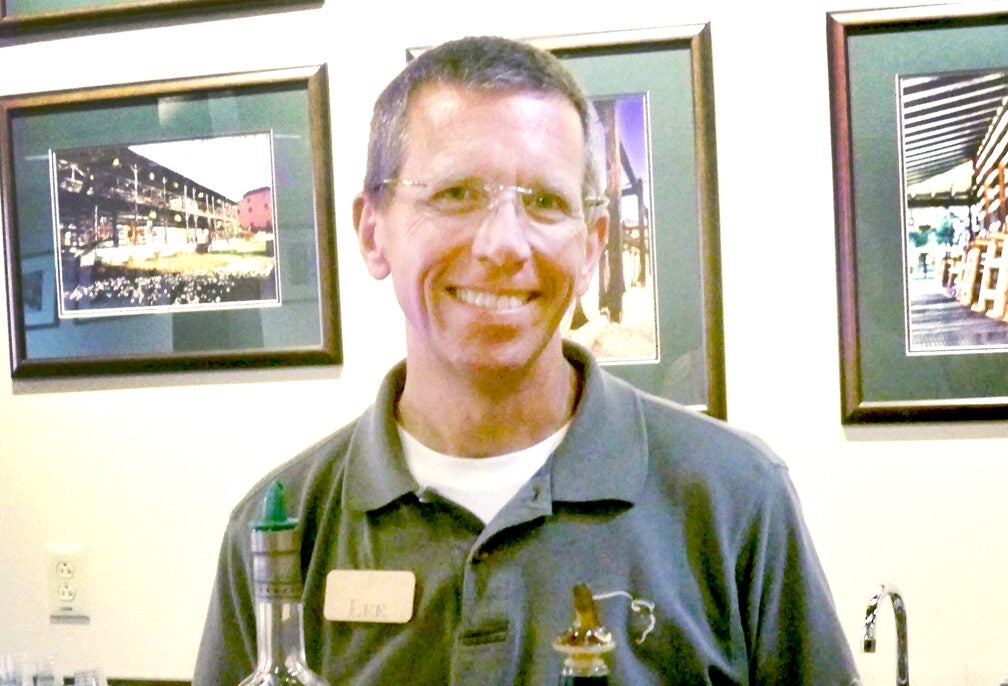Franklin County Humane Society Executive Director Kerry Lowary grew up with a military father.
“He always said as long as you suit up and show up you’re making a difference,” Lowary said.
That was a saying that has stayed with Lowary her whole life, particularly her last 10 years of working at the humane society. Despite the shelter’s old failing building on Kentucky Avenue and the numerous floods it endured since the shelter was deeded to the humane society in 1969, Kerry said, “I was content to suit up and show up … I was making a difference.”
And now, a decade later, Lowary is continuing to make a difference, but in a much larger way.
“The year before I came, was when they got the bequest for $285,000 and the board started thinking about a new facility,” Lowary said.
At that point, she said the building, which sat alongside the Kentucky River, had flooded five times. The latest flood was in March 2021.
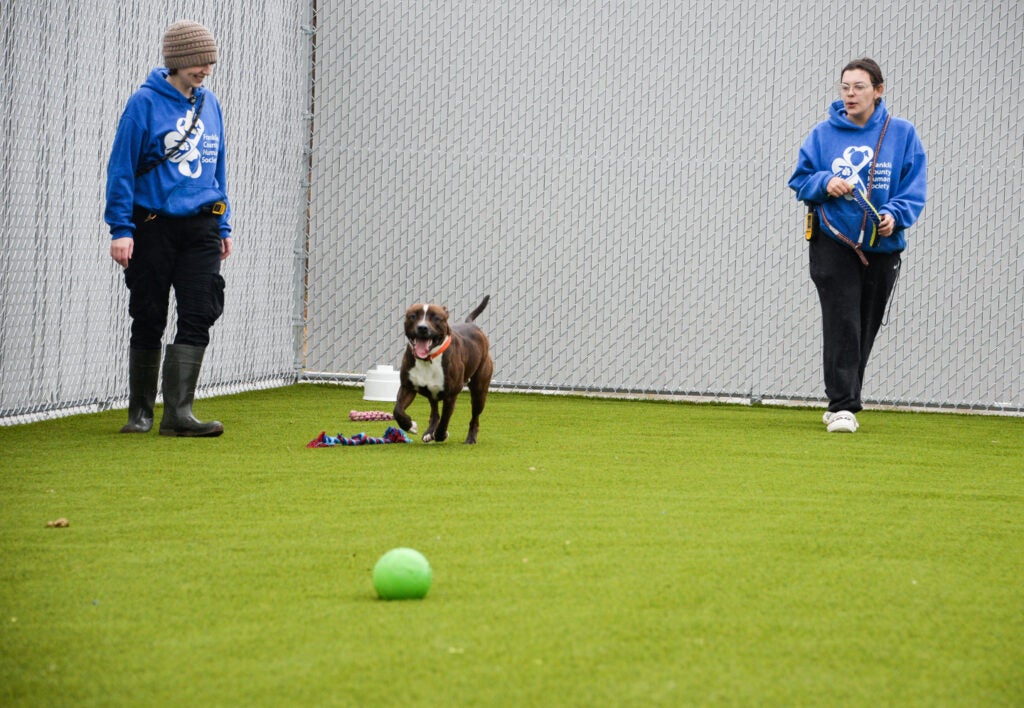
“In one of the early planning meetings for the new building — I barely knew Sam Marcus (former president of the humane society) at the time — a consultant said $3 million wasn’t going to be enough money. Instead of fighting it, he figured out how to get it done and he did.”
After nearly 10 years of soliciting local government agencies, businesses and community members, the money was raised and shortly before the 2021 flood, builders had broken ground for the new 11,000-square-foot facility located at 100 Companion Place, off Flynn Avenue. The new facility, which opened in June 2023, is 3,000 square feet larger than the old building.
“I think being able to do something so significant in this town has been super meaningful for all of the staff and volunteers, a part of us,” Lowary said. “Close to 50 people helped pack up. Recruits from the Frankfort Police Department who needed community service hours emptied the old place out and had us moved in here in five hours. Loads and loads of trips of blankets, litter boxes and food were moved. When we walked in here with animals that day in June, we could walk in and start taking care of them.
“It’s amazing. The amount of people — recognized on the donor wall — and all of the years and work that went into making this a reality.”
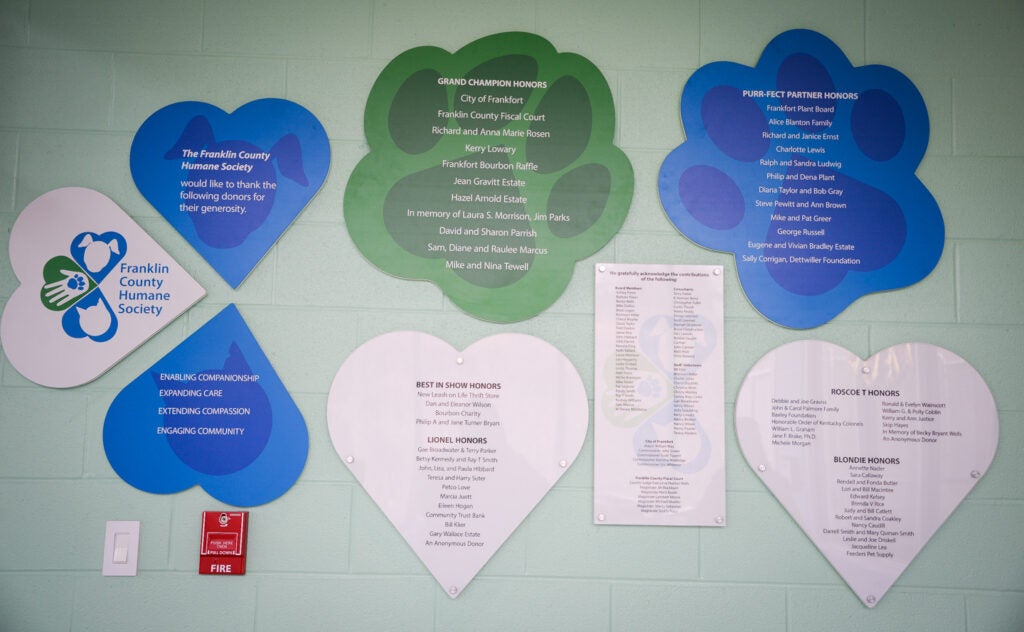
When they first moved in the staff was overjoyed but also overwhelmed in a lot of ways. They had to figure out the best places to put supplies and figure out a flow for the building.
“We’re still learning about the building,” she said, “and learning about the HVAC system and plumbing system. It’s a more complex system. At the old building, we had one heat pump and one furnace per building. Here we have 13 systems.”
As far as the flow for the animals, one end of the building serves as intake, where stray or lost dogs and cats are brought into the building and then taken to either the cat or dog areas of the building. Lowary said the new facility is capable of housing up to 200 cats if it had to. They can accommodate 50 dogs.
After intake, the animals are assessed as to what medical care they need, they are groomed and rid of parasites, fleas and ticks. The facility includes a clinic center with a surgery room, open clinic area, stray cat room, isolation rooms, medical gas room, medical storage, a future room for radiology as well as a room for special procedures. The facility also includes storage and laundry spaces, and a space for animal control officers to bring animals 24 hours a day.
In 2023, the humane society provided care for 3,405 animals. They vaccinated 1,516 animals, microchipped 243 animals, provided flea and tick treatments to 555 animals and went through 5,000 pounds of food. They provided 1,401 spay and neuter surgeries.
As animals are cleared for adoption, they move to areas where the public can view them. The cat rooms offer spacious individual housing as well as open free-roam rooms — even a screened-in “catio” where they can enjoy fresh air. It’s also where staff enjoy taking their breaks the most.
“I’m most proud of raising the bar for how cats are cared for,” Lowary said.
There are also adoption rooms and meet-and-greet rooms where potential adopters can bring their current pets to meet a potential adopted pet.
The dog area offers 50 indoor kennels that have doors for the animals to go outside. Four spacious dog yards are AstroTurf for easy cleaning and dogs are rotated in and out during the day by caretakers to exercise and use the bathroom. There is also a meet-and-greet dog yard.
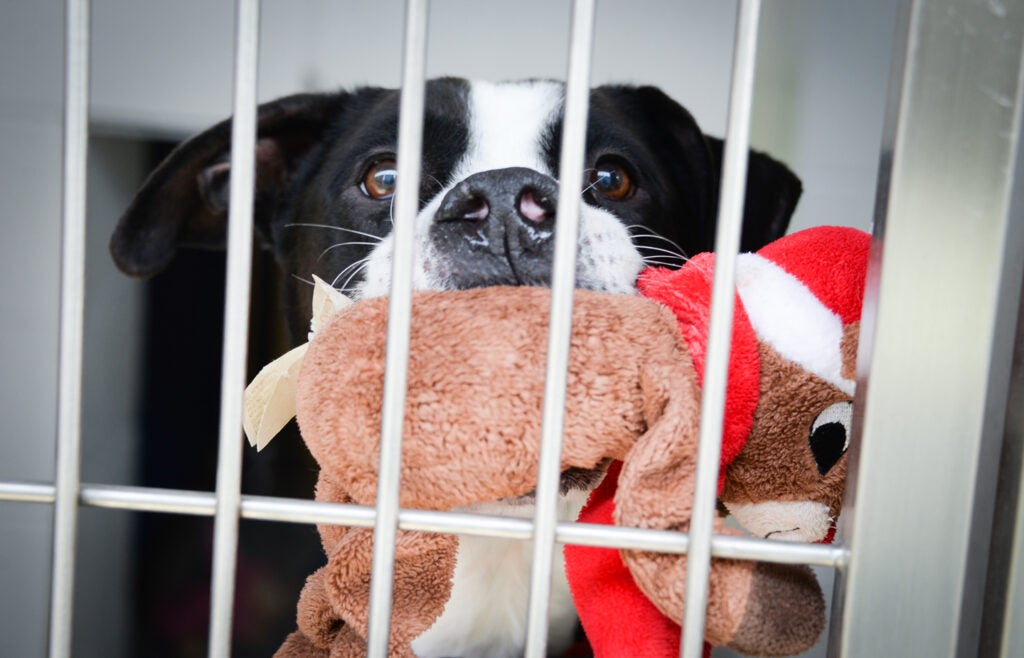
“The dogs thrive more here with the yards,” dog caretaker Brandi Bishop said. “We can do more playgroups and get them in a good mental spot in this place.”
Shelter manager Christina Alves said there are endless programs that they can offer now that they have the new shelter.
“I’m working on a doggy day out program,” Alves said. “It’s where people can check a dog out for a day and bring it back and tell us how they did.”
Making sure the animals are healthy is one of the top priorities at the humane society.
“Our mission has been, and continues to be, to provide shelter and care to the homeless dogs and cats — and sometimes guinea pigs and what not — in the community but we also understand that those animals are oftentimes connected to people that need services.
“We see ourselves trying to expand our services to include the people, so that’s why we’re so dedicated to the spay and neuter program to provide high-quality services to members in the community. We have a TNR (trap, neuter, release) program for feral cats, which is the humane way to manage feral and community cat colonies, and to raise awareness about animal welfare and the significant connection it has to human welfare.”
The humane society operates a TNR clinic one Sunday a month, where volunteers and community members trap and bring in stray cats to be neutered. The animals are then released back to where they were trapped. In 2023, the humane society spayed and neutered 235 cats through the program.
On Tuesday and Friday, there are clinic days when veterinarians are at the clinic to mainly provide spay and neuter operations but they assist in other medical needs as well for shelter pets and pet owners who need low-cost options. Dr. Melinda Ferrell and Dr. Marie Gagnon provide the services at low cost. Lowary said animals that need more medical attention than they can give them at the clinic are taken to Eckert Vet Hospital in Versailles.
“We have volunteers who will drop everything to pick up an animal and take it to the vet,” Lowary said.
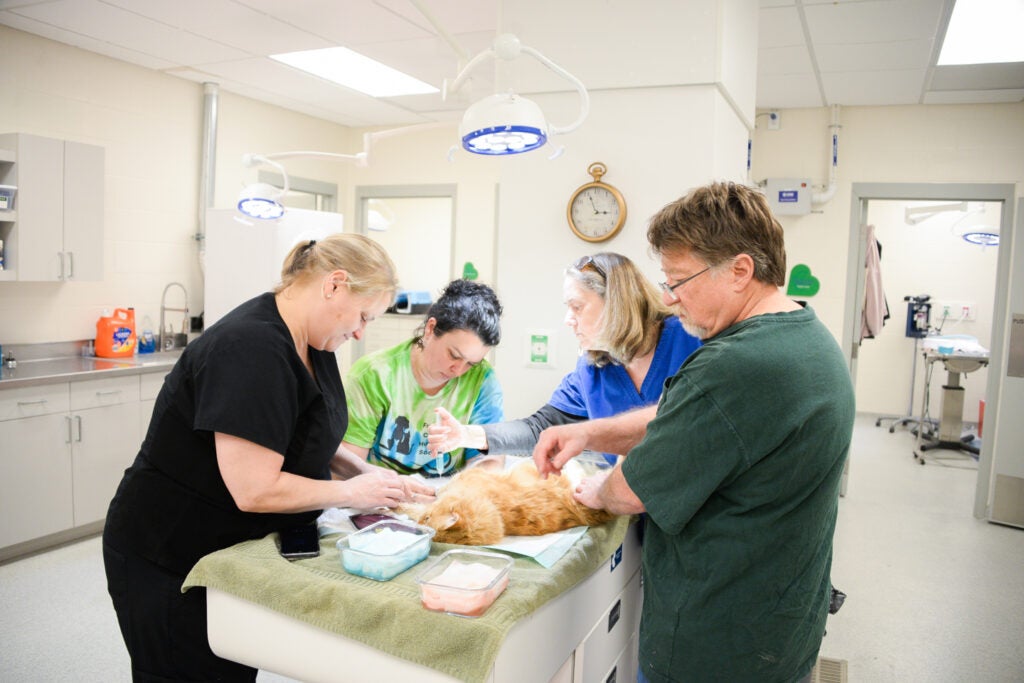
To operate the facility, Lowary currently has a staff of eight full-time and two part-time employees. There are also 20-25 regular volunteers, and depending on the time of year, she has upward of 40 volunteers. In 2023, volunteers put in 12,700 hours.
She said the Franklin County Humane Society’s New Leash on Life Thrift Store has 25 volunteers alone that help operate the store, which accounts for 20% of the humane society’s annual budget. Program coordinator Jody Spaulding, who also oversees the volunteers and organizes events, oversees the store.
Lowary said another key player is foster coordinator Lori Macintire.
“We had more dogs and cats in foster this past year than years previous,” Lowary said. “That makes a big difference to have animals in foster homes. That’s better for their health and social wise. When we get babies in, we try to get them into foster the same day if we can.”
In 2023, the humane society was able to have 391 pets in foster homes.

Lowary utilizes an animal shelter software program to keep all of the animals organized. The program serves as a database that includes each animal’s intake and release date and medical procedures completed. When the animal is ready for adoption, its profile is posted on the humane society’s website, www.fchsanimals.org. The animal’s picture and brief description are also posted on the humane society’s Facebook page and Instagram account.
“If you’re looking for a companion, shelters are a really good place to look,” Lowary said. “We make sure that they are as healthy as they can be and we work hard to make sure it’s a good fit for your family and lifestyle.”
Cat adoptions particularly did very well in 2023, Lowary said. For example, this past December, the Kentucky River Regional Animal Shelter brought 32 cats to the humane society and there were only 11 left as of the second week of January. In the first week of the new year, 10 cats were adopted and four dogs were adopted. In total, 757 animals were adopted in 2023.
“In September (2023), 129 animals came into the shelter and 127 went out,” Lowary said.
According to the database, the average time in the shelter for cats is 24 days and for dogs it is 16 days over the last three months. Many of the animals were adopted out, but some of those animals were reunited with their owners.
“We always try to reunite pets if they come in micro-chipped and fixed,” she said. “We try to get it back to its owner.”
In 2023, the shelter reunited 218 pets with their families.
To encourage people to donate to the humane society, Lowary said when doing so, you’re making Frankfort a better place and a better community.
“It doesn’t take a lot to make a difference,” she said. “The cost to fix an animal is $25. You can help an animal for $25. There’s so much need and there’s so many great animals here, and all over the country in shelters everywhere. Most of them are here because there was something wrong in their circumstance that they had no control over. Not because they’re bad pets.”
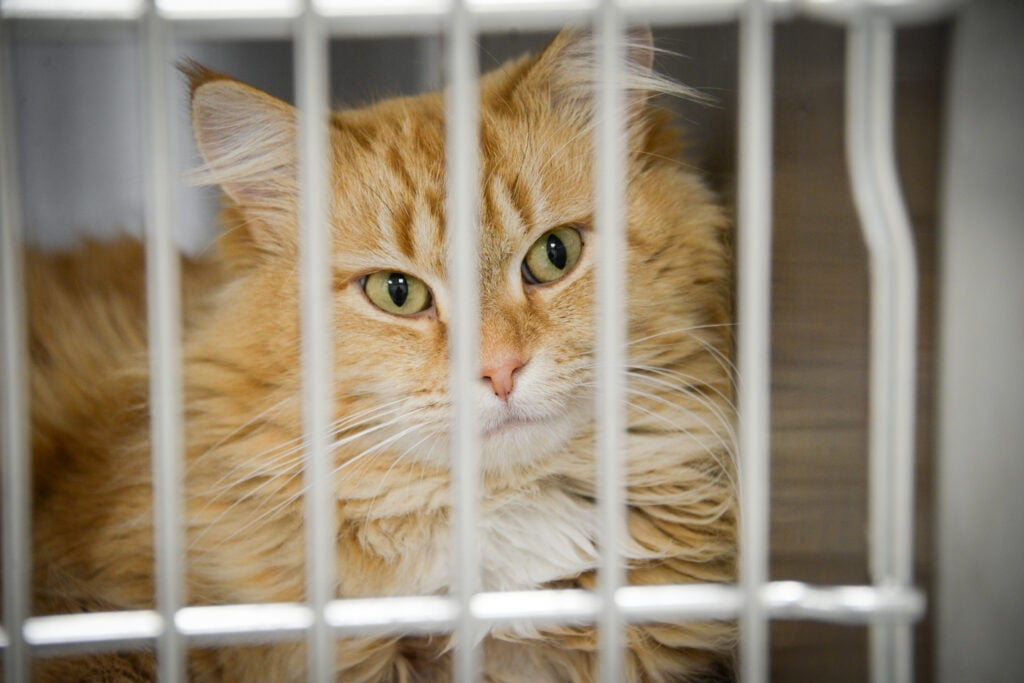
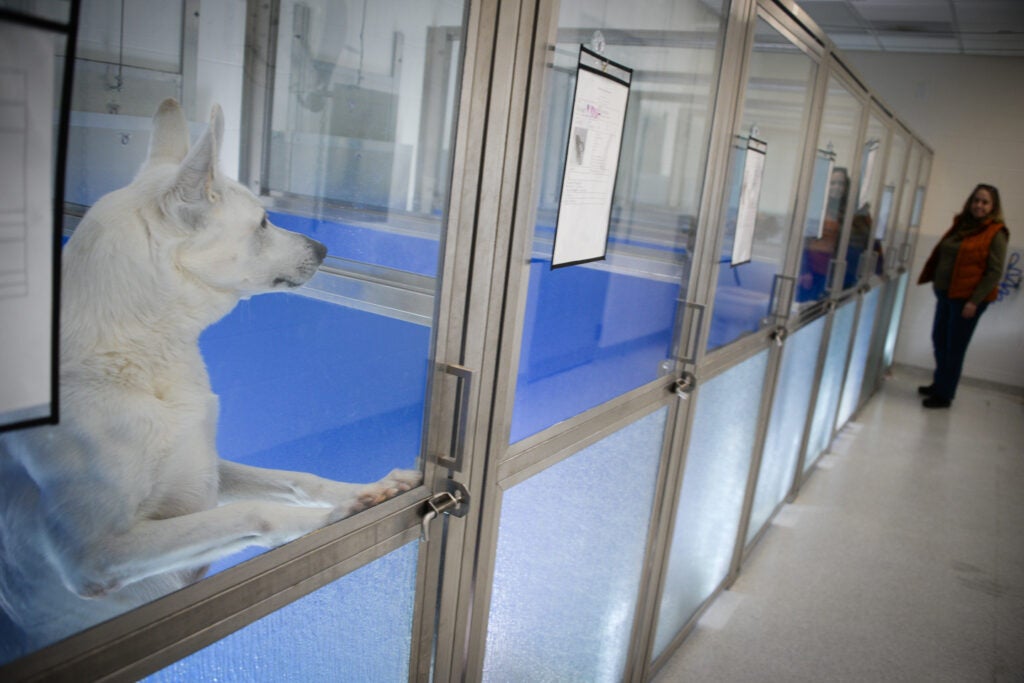
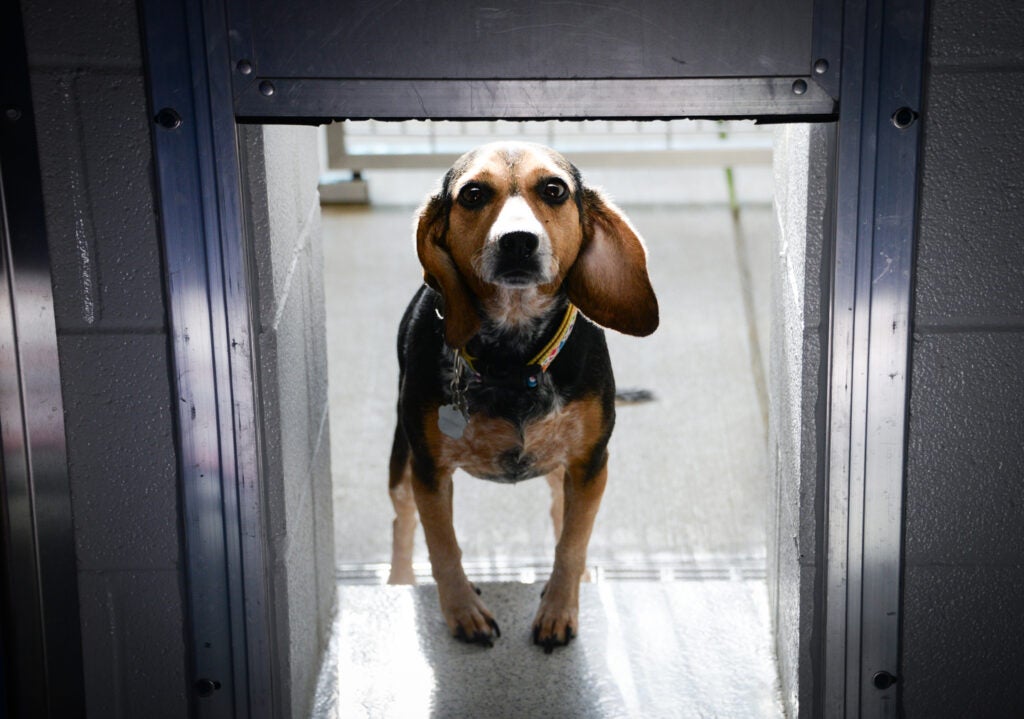
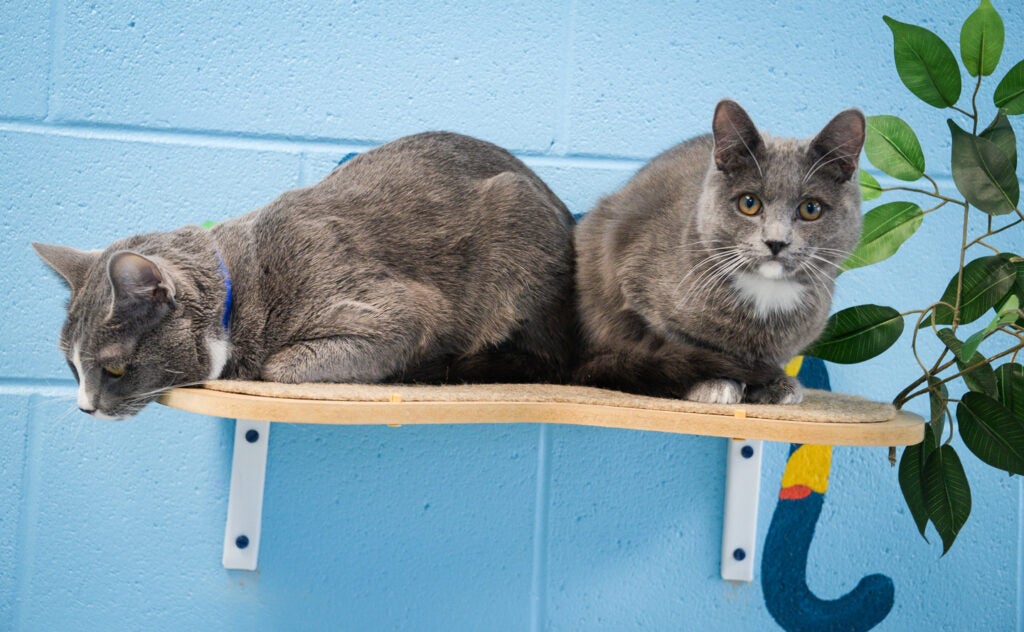

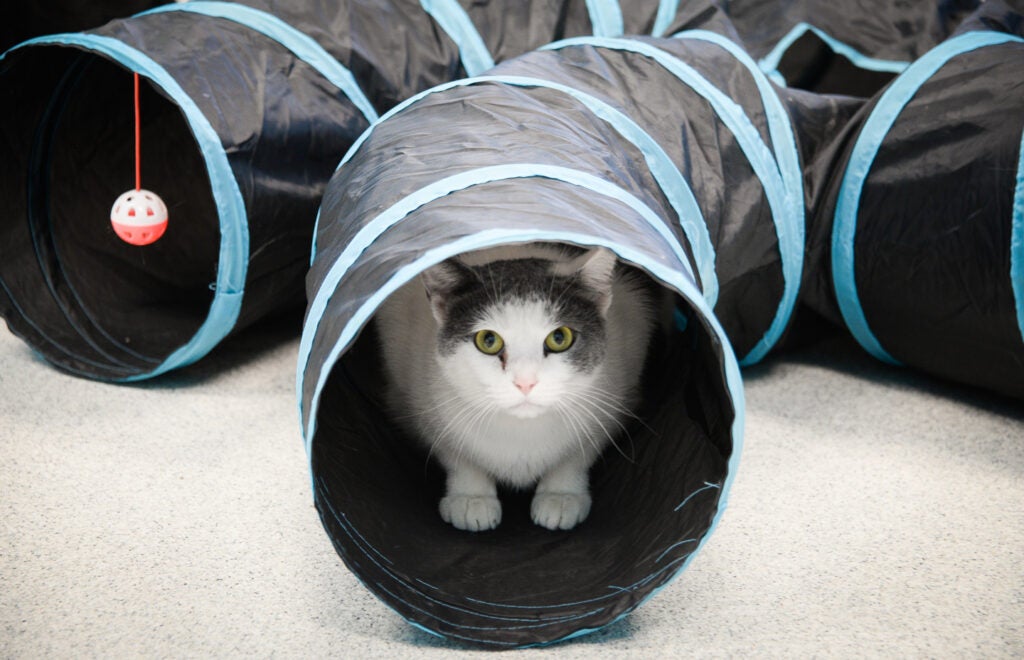
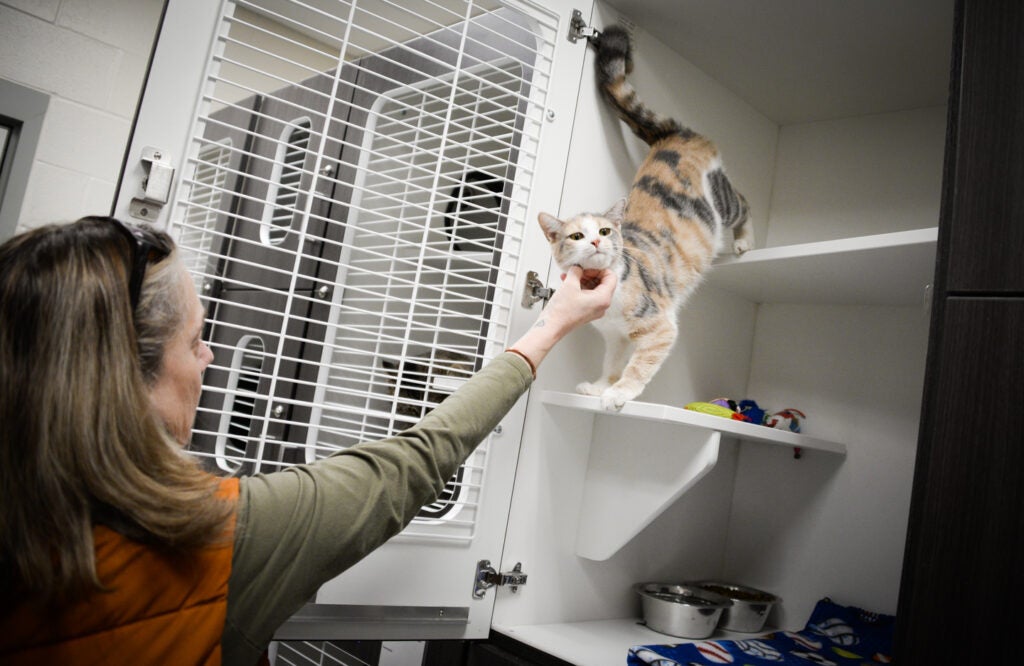
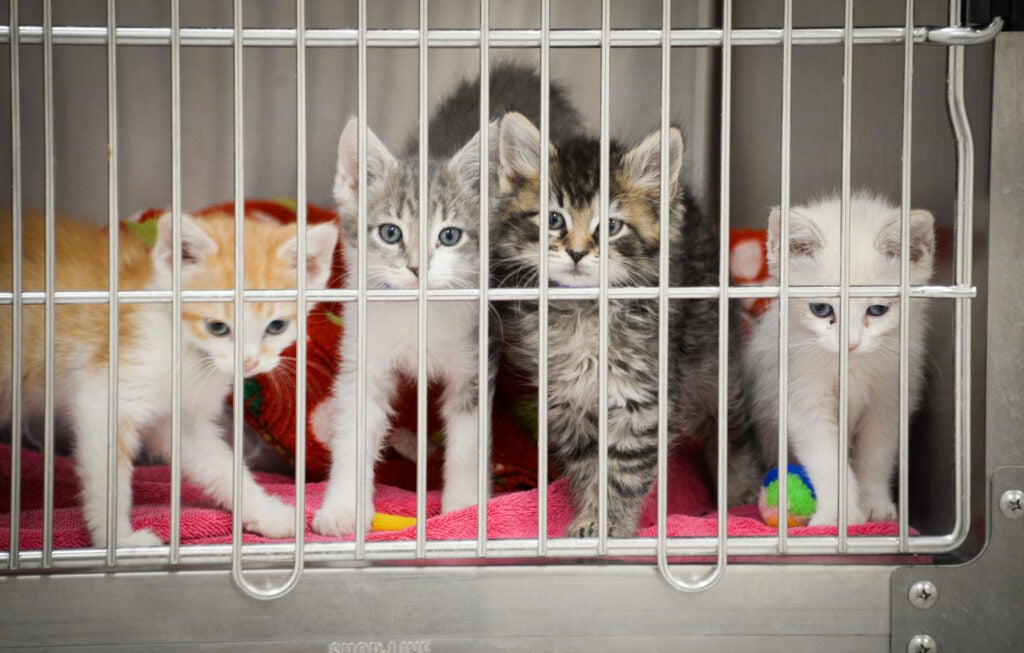
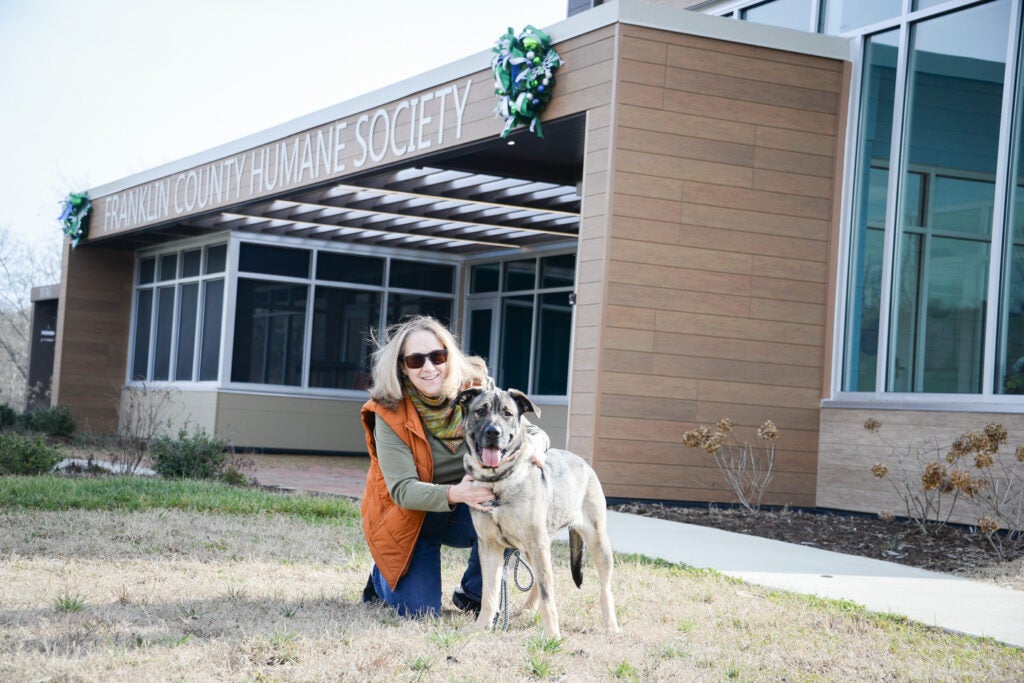
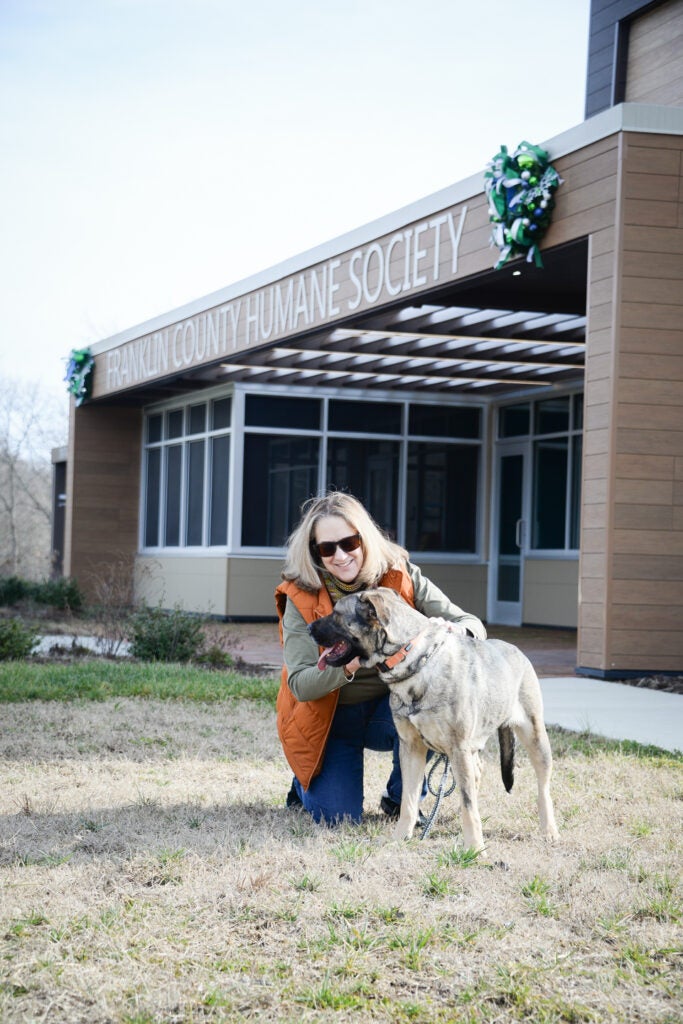
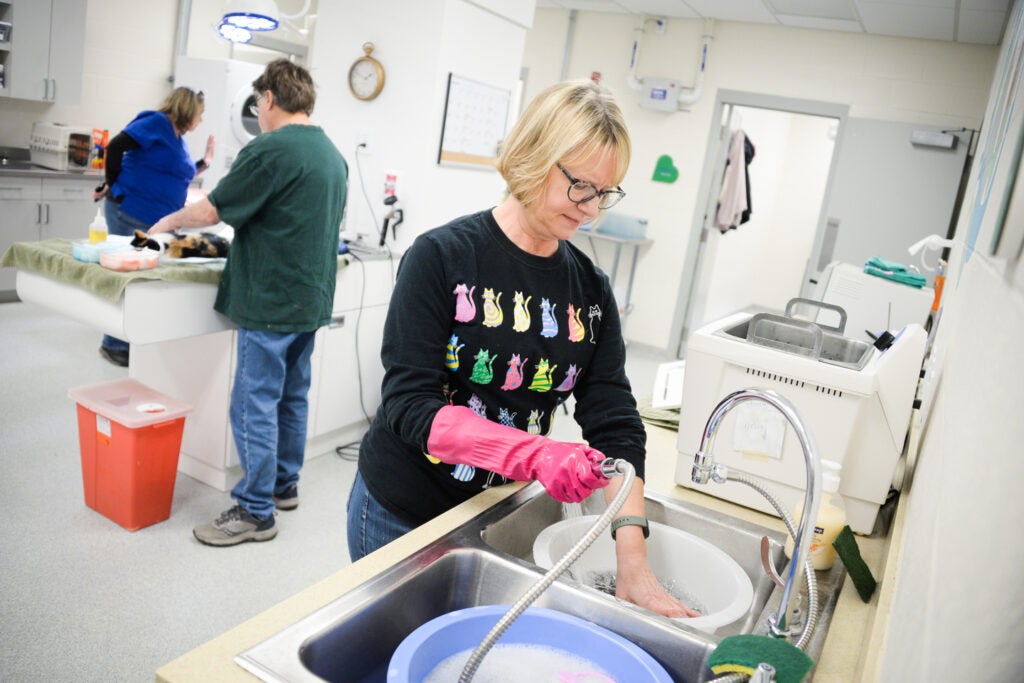
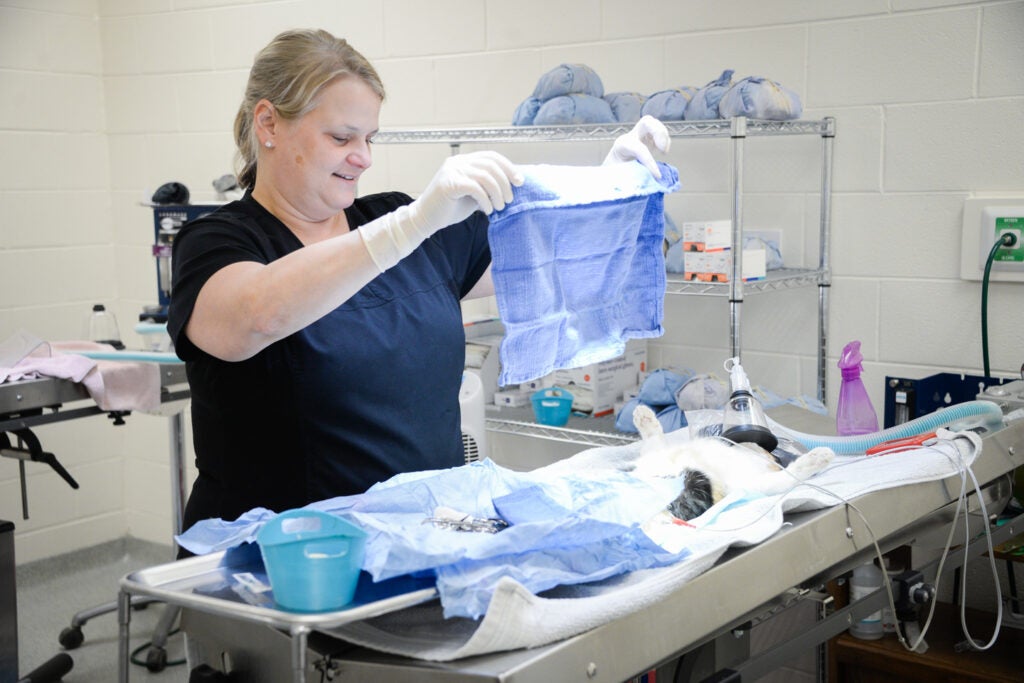
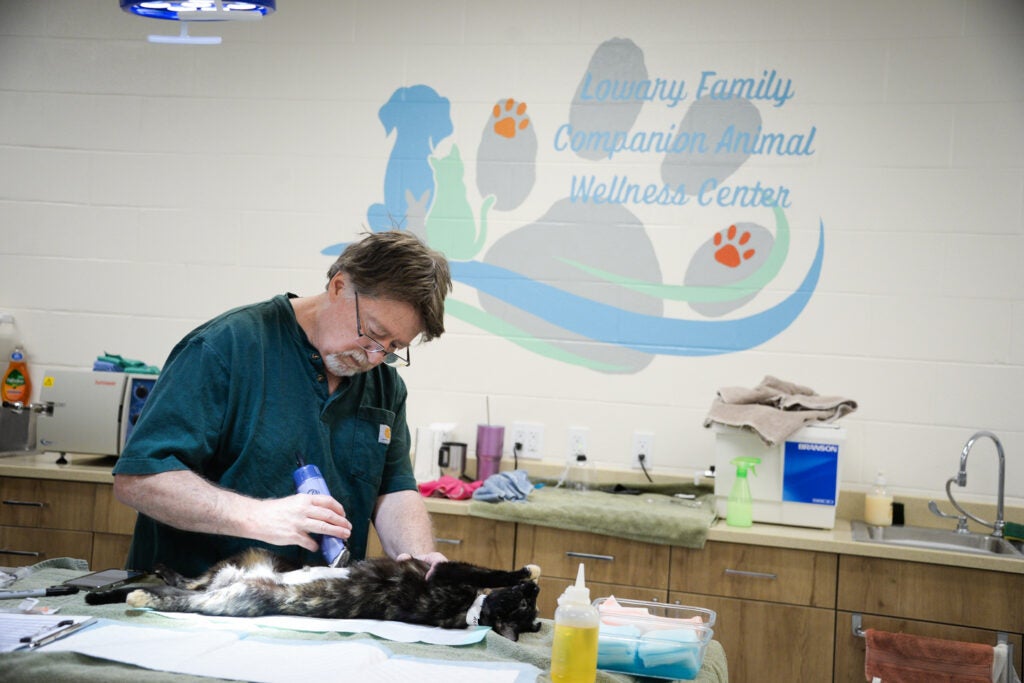
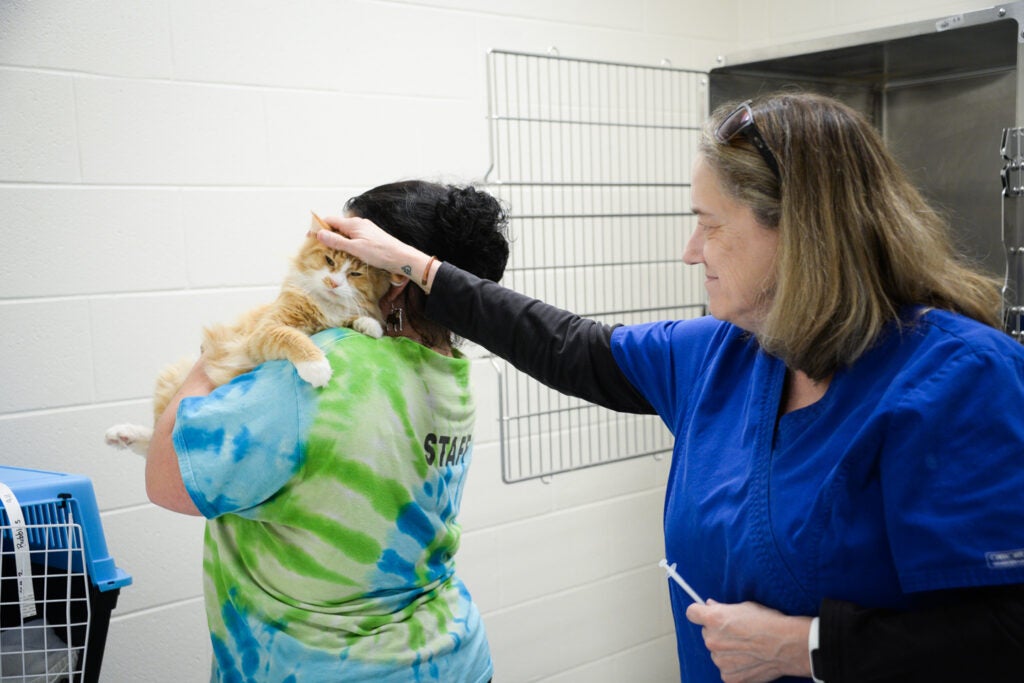
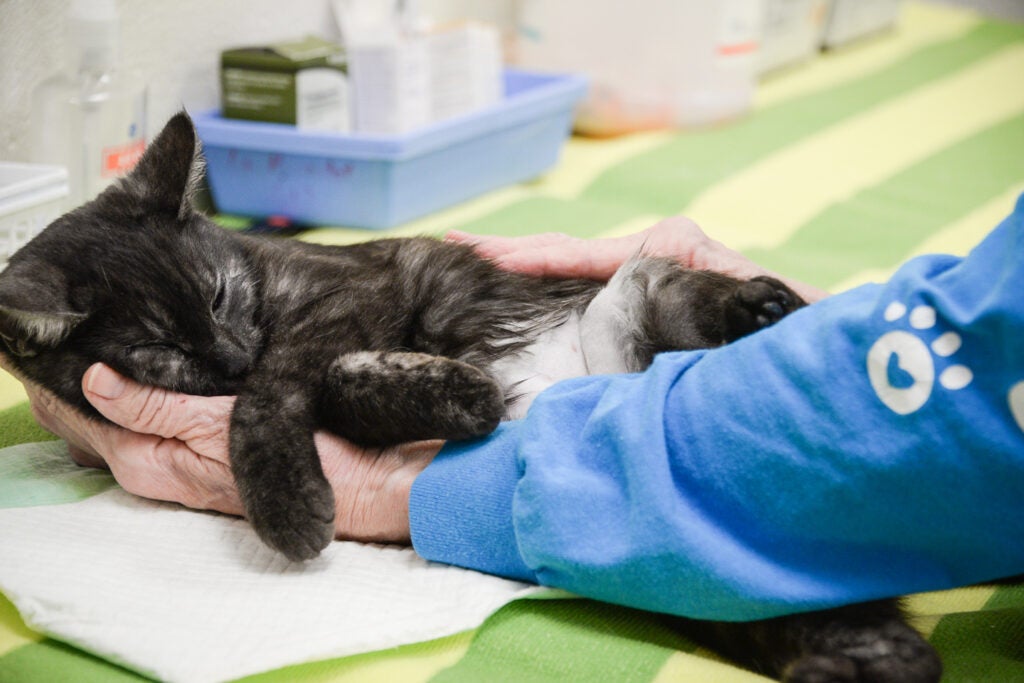

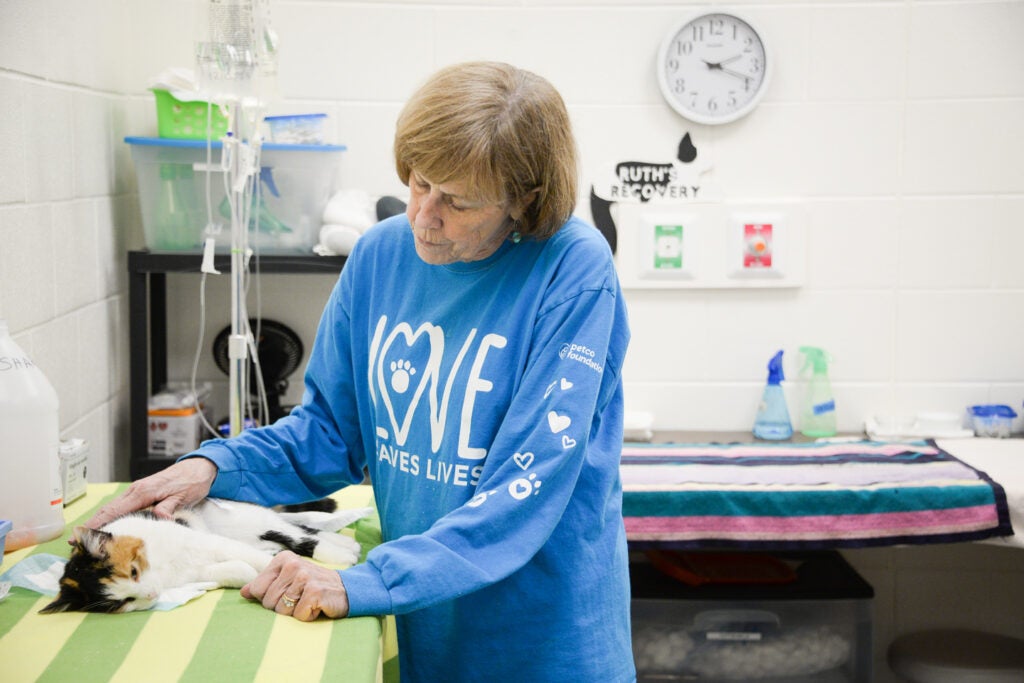
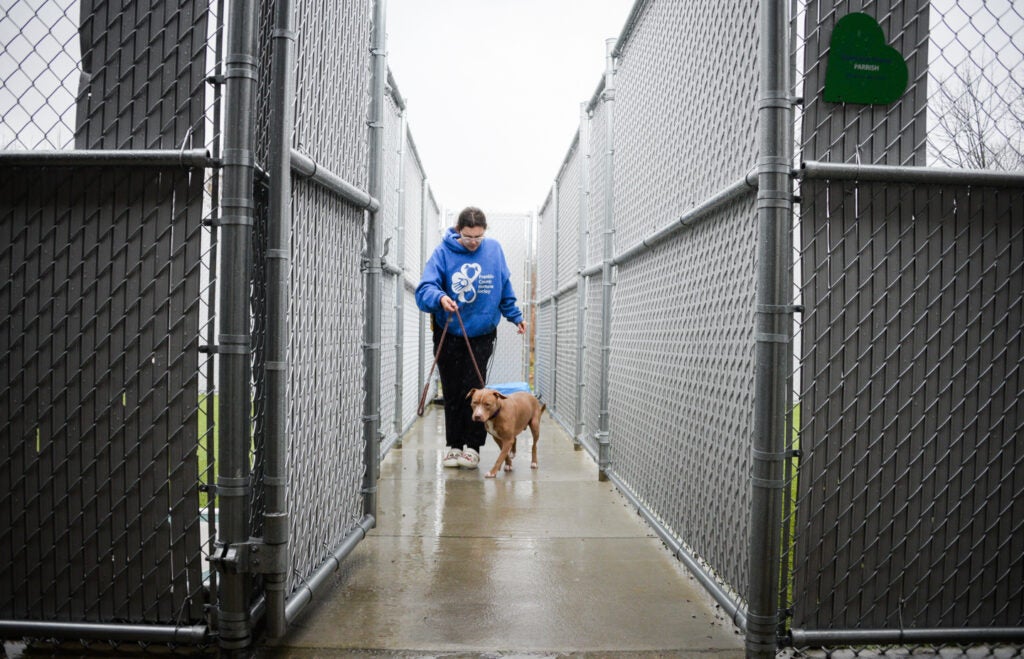
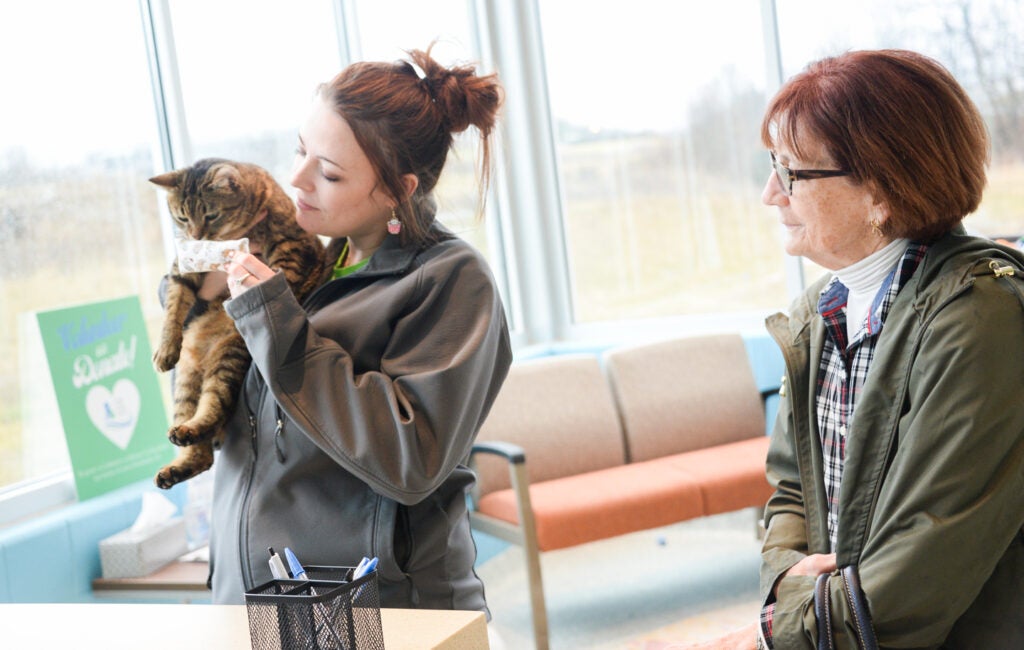

We asked to see your pets adopted from the Franklin County Humane Society, and you showed us! Check out the pictures below, and see more on the FRANK. Magazine Facebook page.
